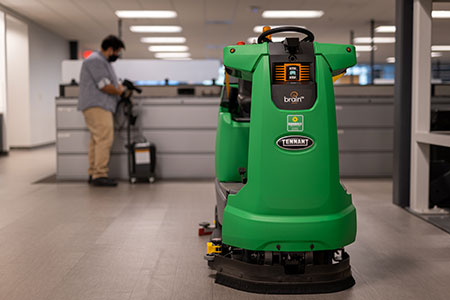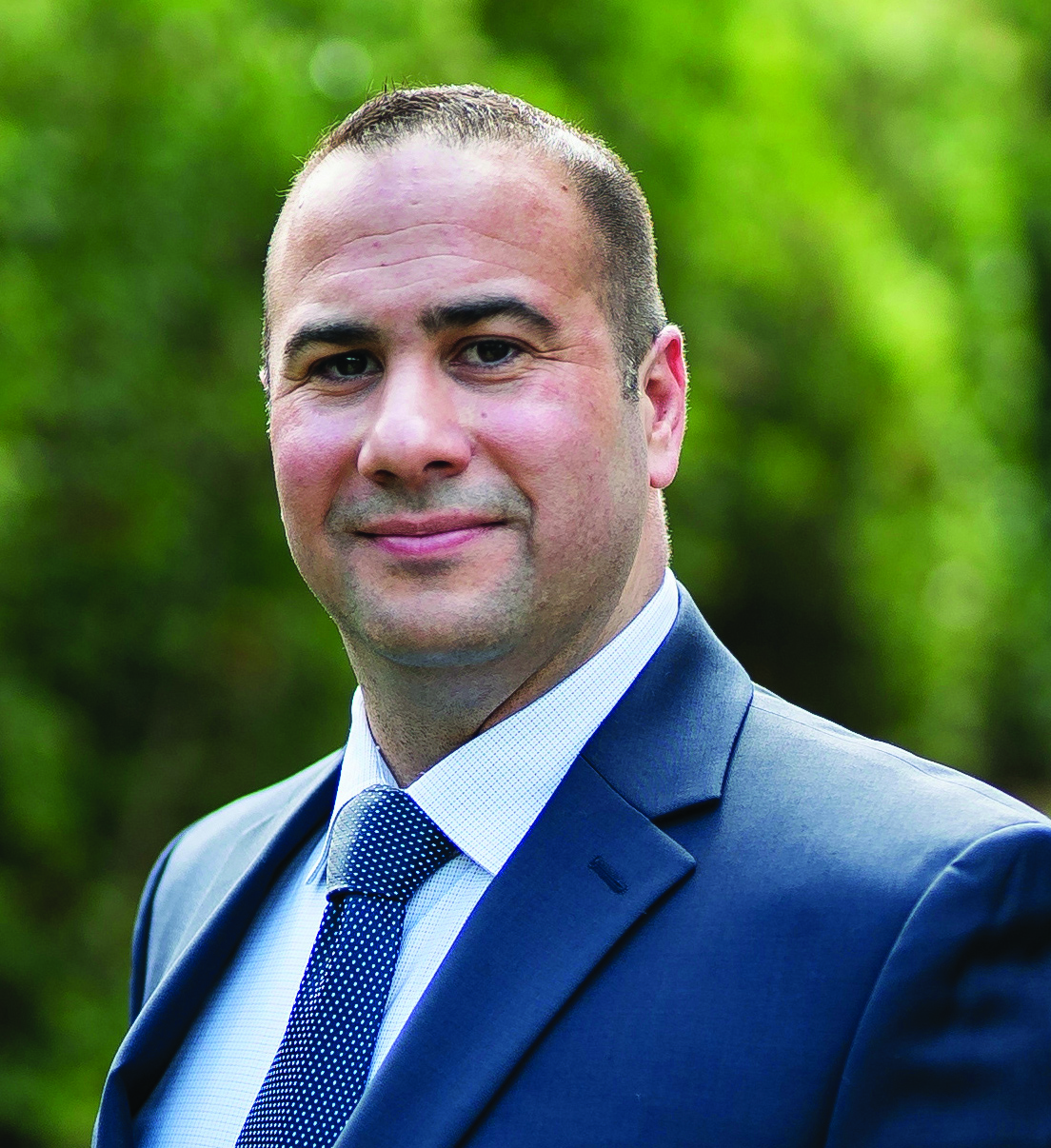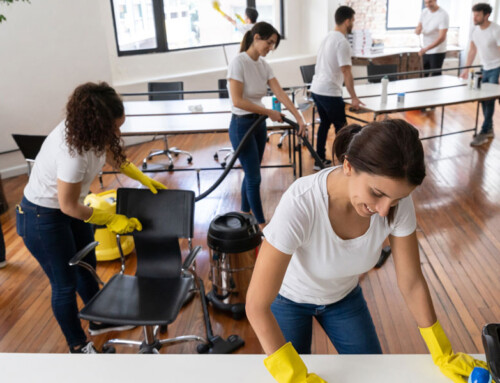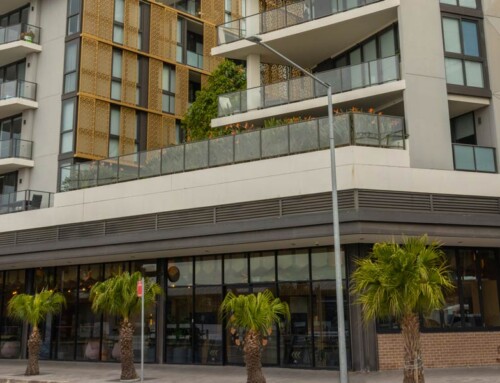The State of Today’s Cleaning Industry
While the COVID-19 pandemic has changed the face of the cleaning industry—likely for good—it has also brought attention to the importance of the work that facility service providers do every day. Along the way, it has challenged them to find ways to streamline their programs as well as achieve heightened levels of cleanliness—and with good reason.
Recent ISSA research states that “92% of customers consider cleanliness an important factor when deciding whether to be a repeat customer.” Adding to that, “98% of restaurant customers perceive cleanliness as an essential factor in influencing retention.” These higher expectations of cleanliness undoubtedly extend to schools and universities, warehouses, office buildings, and more.
An unkempt environment is no longer looked at as just being messy; it’s viewed as unhealthy. With cleanliness comes greater peace of mind and greater confidence in a facility.
The changes and challenges
Historically, cleaning programs may have been focused primarily on appearances. Today, appearance is still a factor but there has been a shift to where cleaning for health is more important. And while enhancements to disinfection are critical, there has been some confusion in the cleaning industry about proper disinfecting practices in conjunction with daily routine tasks. This is due in large part to conflicting messaging from government agencies, industry groups, and subject matter experts. Indoor air quality has also had a heightened level of importance recently as it impacts the surfaces being maintained. With customer expectations continuing to shift, more organizations are basing their cleaning needs on risk levels.
However, enhanced cleaning has been challenged by the fact that the cleaning industry (like so many others) is facing a significant labor shortage. As businesses continue to expand their in-person operations, demand for cleaning continues to increase, putting additional strain on an already overburdened industry. Additionally, the costs of labor and benefits are increasing. For building service contractors (BSCs), in particular, additional costs have to either be mitigated or increases passed down to the client, risking turnover on cleaning contracts.
The market landscape has also changed, with e-commerce and direct-to-consumer (D2C) models becoming increasingly popular. With that comes the need for larger spaces to produce and house products to keep up with consumer demands. It’s estimated that up to five billion square feet of space will be built through 2025, with more than a third of that in warehousing and manufacturing.[1] Every one of those spaces will require thorough, regular cleaning.
At the same time, facility service providers need to reevaluate how spaces, like office buildings, are changing and evolving due to the shift to more remote or hybrid work models. While these facilities still require careful attention to cleaning, they may not be used as frequently or at full capacity. Cleaning schedules and priorities have changed. There is a shift to focus more on risk assessment, with facility service providers looking at what areas are or are not being utilized and addressing the labor to clean the necessary areas.
The opportunities
Even with the labor shortages, there is an opportunity to make a real investment in today’s cleaning industry workforce. Facility service providers can position themselves for long-term success by looking beyond just filling a position. Proper training and ongoing dialogue about viable career paths can help increase interest among employees and encourage retention. Reward structures, as well as defined pay increases based on the level of learning, are important to consider as a part of recruitment and retention

Workloading also offers great opportunities in the cleaning industry. There’s an art to staffing and understanding what tools and equipment are needed to perform the work in the right amount of time. It can help generate efficiencies when an organization looks at the tools and equipment they’re using, the cleanable area, and what the cleanable square footage is. Close attention to these details can help establish quality requirements, increase productivity, and determine the return on investment (ROI) in the cleaning program. It can also help employees understand their job expectations, which can reduce confusion, improve job satisfaction and retention, and support a positive culture.
Lastly, facility service providers have a real opportunity to gain success in today’s cleaning industry by standardizing and streamlining their operations. This can be done by limiting SKUs for cleaning products that serve the same purpose, which also helps reduce costs, and standardizing and streamlining can also help address supply chain issues that have resulted from the pandemic. This can help offset the increased cost of goods, such as towels and tissue, resulting from raw material shortages. Streamlining goes beyond products, however. It’s also important to have well-written standard operating procedures (SOPs) to help simplify daily activities.
Looking forward
Despite the changes and challenges the cleaning industry has faced in the last two years, it is a resilient space that can offer many viable career paths. Facility service providers need to continue challenging themselves to improve processes and protocols and make labor recruitment and retention a top priority. Doing so can help ensure the health and safety of the jobs they do and make facilities more attractive to return customers.
[1] Dodge Reports – aggregated upcoming building permits.



















